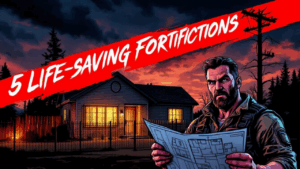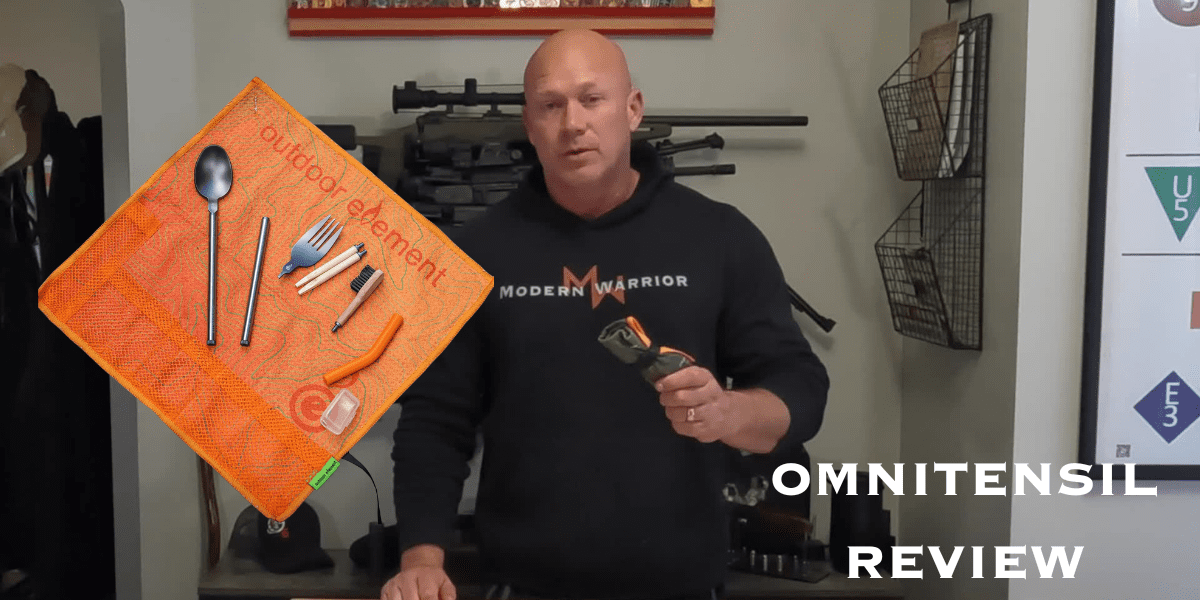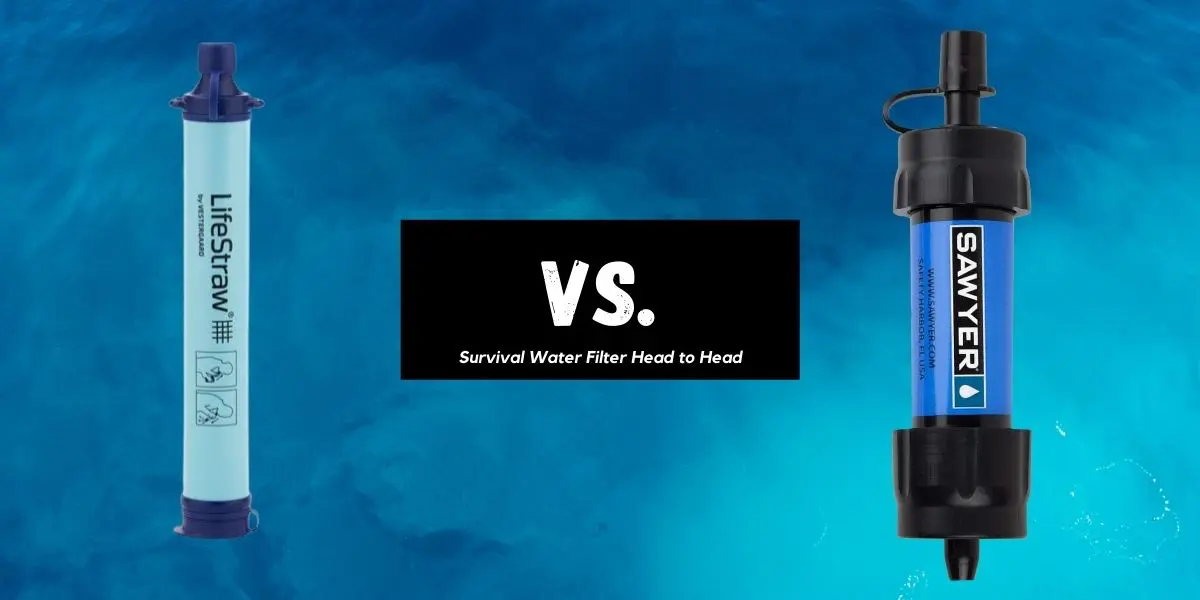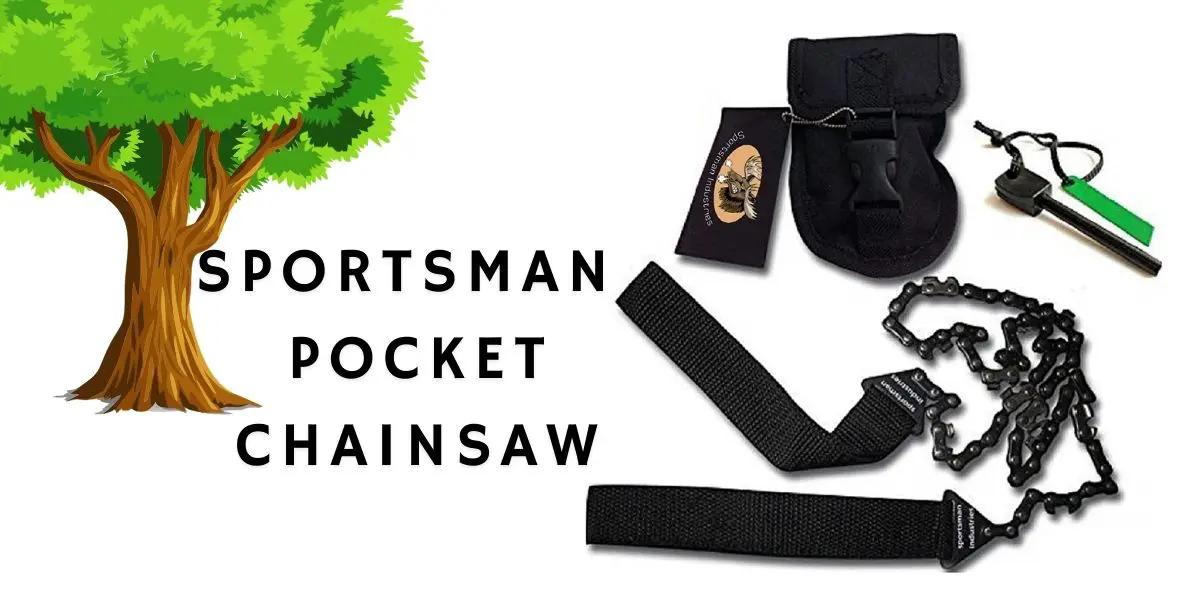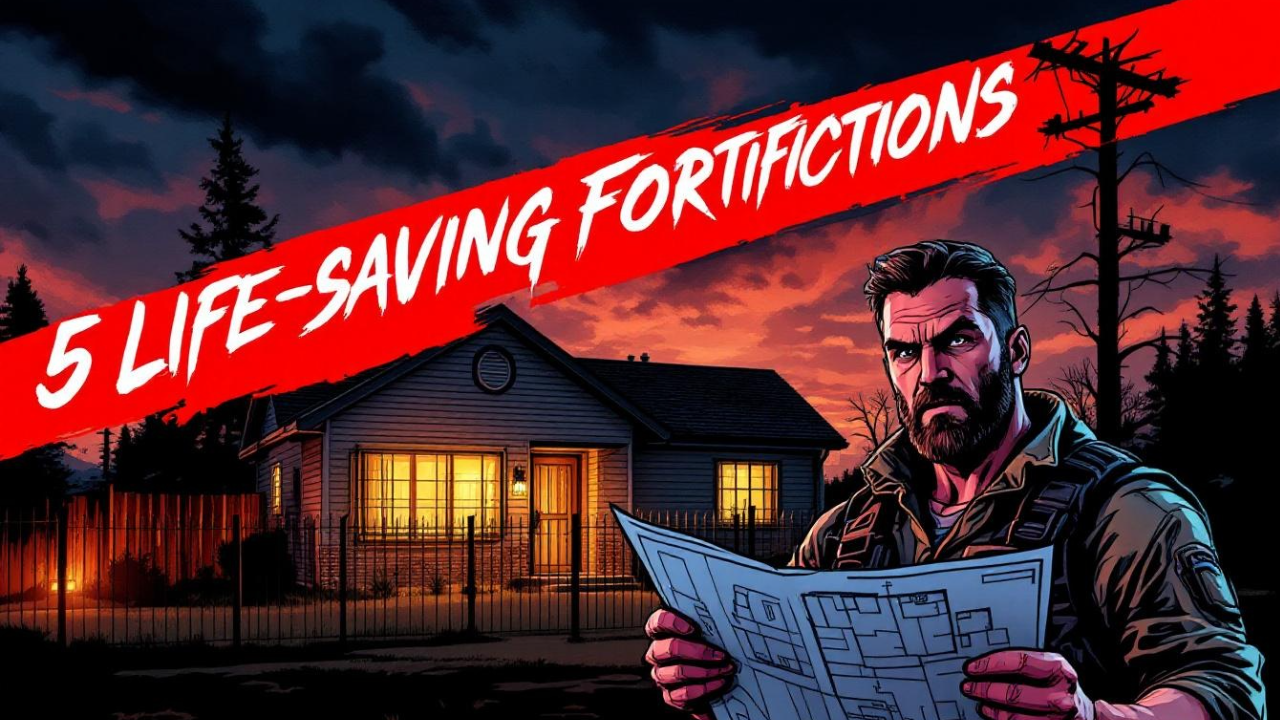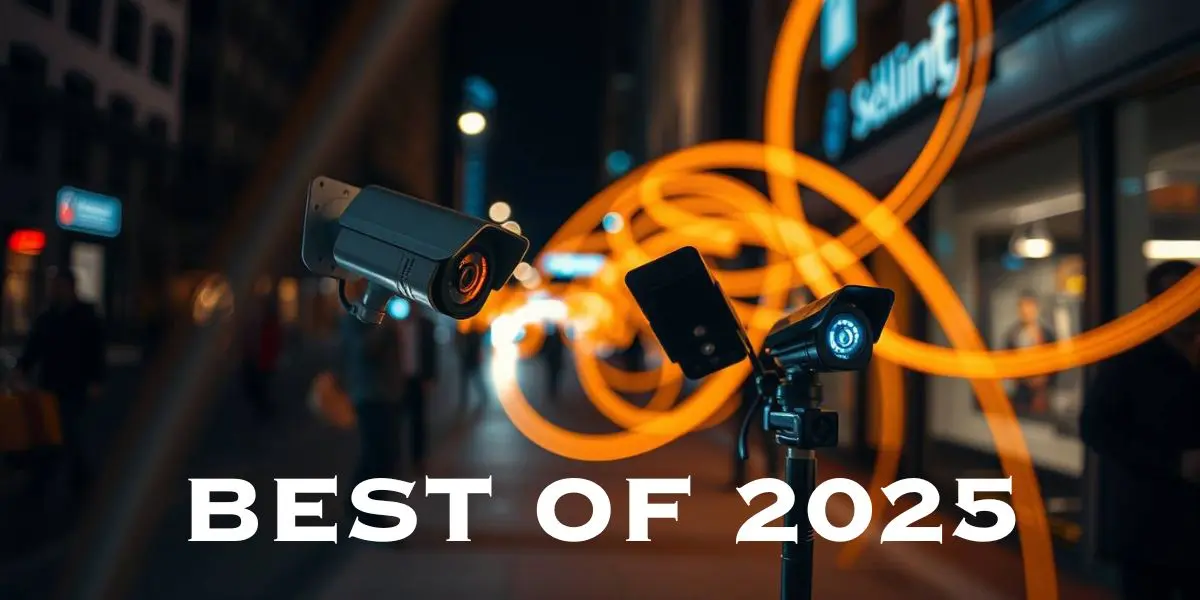Have you ever considered communication in a SHTF Crisis? I have spent years honing the skills necessary for survival in some of the most challenging environments imaginable. Today, I want to share with you some essential communication strategies in emergencies. Whether you’re dealing with local emergencies or facing a total crisis like a solar flare or an EMP event, maintaining communication with loved ones and emergency services is absolutely crucial.
Importance of Communication in Crisis
In any emergency, communication is absolutely critical. Whether it’s a natural disaster, a local emergency, or a global crisis, being able to connect with others can help coordinate rescue efforts, provide updates on evolving situations, and offer emotional support.
Imagine you’re hit by a massive solar flare that knocks out all electronics or an EMP attack that disrupts all modern communication channels. In these scenarios, having reliable ways to communicate becomes paramount. Our focus today will be offering you some options to ensure you can stay connected with both your loved ones and emergency services.
Primary Communication Methods

Cellular Networks
First up are cellular networks. In minor emergencies, your cell phone can be a lifeline. They are convenient, and most people already have them. However, in more significant crises, cellular networks can become overloaded or even go down entirely. It’s essential to have a list of important contacts saved, not just on your device but also on paper.
Landlines and VoIP
Next, let’s talk about landlines and VoIP services. Traditional landlines have a unique advantage during power outages, as they often work when other systems fail. On the other hand, VoIP services depend on Internet connectivity, which might not be reliable in a crisis. If possible, keep a traditional landline as part of your emergency communication plan.
Internet-Based Communication
Internet-based methods like email, social media, and messaging apps are also worth considering. These platforms allow you to reach multiple people quickly. However, remember that privacy is crucial. Use encrypted services whenever possible to protect your information. Also, ensure you have backup power sources for routers and modems so you can stay online even if the power goes out.
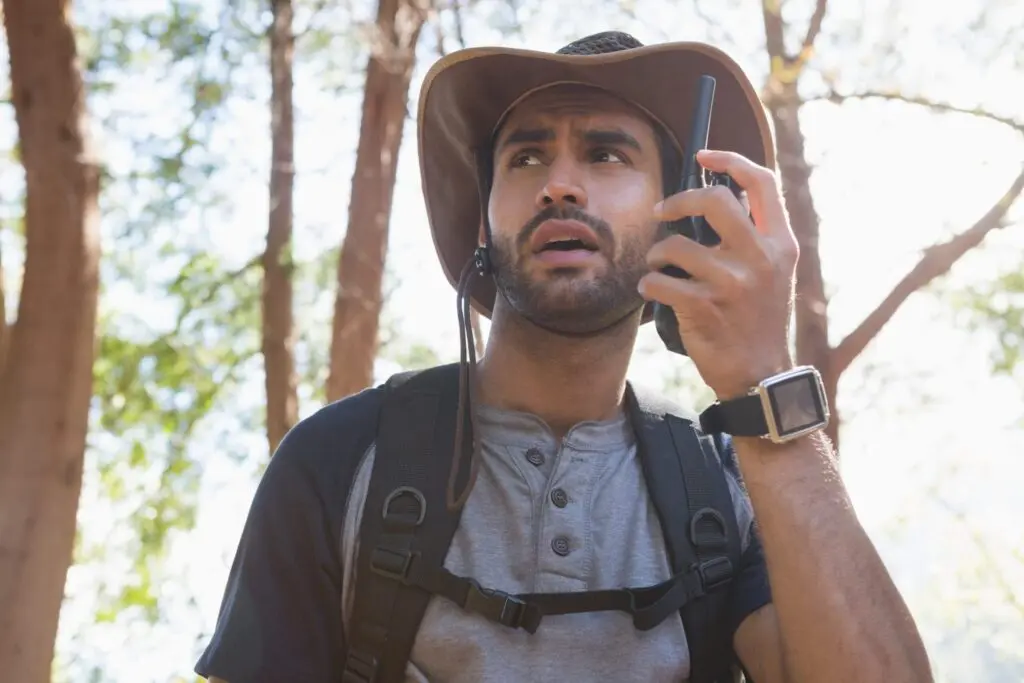
Backup Communication Methods
Two-Way Radios
When primary methods fail, backup communication methods become indispensable. Two-way radios are an excellent option here. There are different types like FRS, GMRS, and ham radios. FRS radios are great for short-range communication and don’t require a license. GMRS radios offer longer ranges but do require licensing.
Ham radios are the most versatile but come with more stringent licensing requirements and a slight learning curve. Investing time in training for effective use of ham radios can be incredibly beneficial.
Satellite Phones
Satellite phones operate independently of local infrastructure, making them highly reliable during global crises. While they come at a high cost, their reliability makes them invaluable as a last resort communication method. If you’re serious about prepping for worst-case scenarios, having a satellite phone could be a lifesaver.
Physical Signals
Sometimes low-tech options are the most effective. Physical signals like whistles, mirrors, and signal fires can be incredibly useful in certain situations. Their simplicity means they don’t rely on any technology that could fail during a crisis. Learning basic signaling techniques can add an essential layer to your emergency preparedness toolkit.
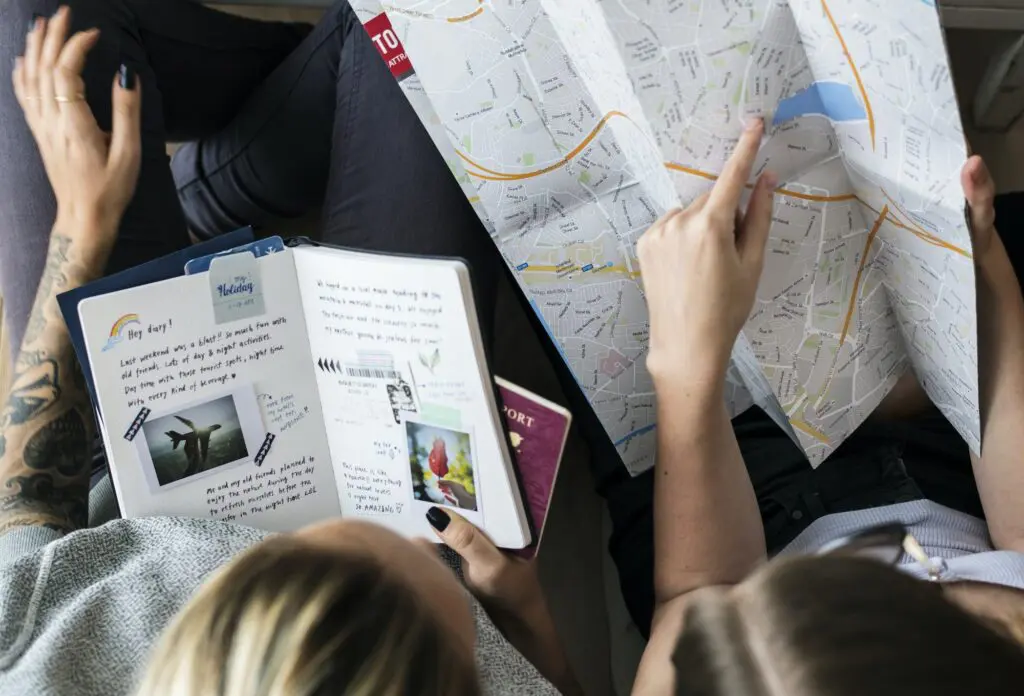
Preparation Tips
Creating a Communication Plan
Preparation is key when it comes to effective communication during emergencies. Start by drafting a detailed communication plan with your family and friends. This plan should include meeting points, alternative contact methods, and regular check-ins to ensure everyone stays connected even if primary methods fail. Practicing this plan regularly will help iron out any issues before they become critical.
“Preparation and practice are key to maintaining effective communication during any crisis.”
Emergency Kits
An emergency communication kit is another essential component of your preparedness strategy. This kit should include items like batteries, chargers, backup devices, and any other tools you’ll need to maintain communication during a crisis.
Keeping these kits in accessible locations like your home, car, and workplace ensures you’re always prepared, no matter where you are. Including written instructions for less tech-savvy individuals can also be incredibly helpful.
Staying Informed
Staying informed is just as important as staying connected. Monitor local news and weather updates through multiple sources to get a well-rounded view of the situation. Subscribing to emergency alert systems can provide real-time updates that are crucial for making informed decisions during crises.
Staying aware of current events will help you anticipate potential problems before they become unmanageable.
Conclusion
To recap what we’ve discussed today, we’ve covered primary communication methods like cellular networks, landlines, and Internet-based options. We also went through backup methods, including two-way radios, satellite phones, and physical signals. Lastly, we shared essential preparation tips such as creating a detailed communication plan, assembling emergency kits, and staying informed through multiple sources.
Remember that preparation and practice are key to maintaining effective communication during any crisis. By implementing these strategies and regularly reviewing your plans with loved ones, you’ll be better equipped to handle whatever comes your way.
For more expert content on survival and personal defense, continue to visit our website here at Modern Warrior Project, where we offer additional resources and courses designed to empower you with the skills you need.
If you found this blog post helpful, please like it, leave a comment below with your thoughts or questions, share it with others who might benefit from this information, and subscribe to our channel for more expert content on survival and personal defense. Thank you for reading. Stay safe out there.















